Takeo Onsen and Ureshino A Kyushu Road Trip
Ureshino
Ureshino is famous for two healthy things; green tea and onsen (read our what are onsen article if you’re new to this). It’s unusual these days to find something which is both healthy and fun so I was pleased this trip included two. We started with green tea.
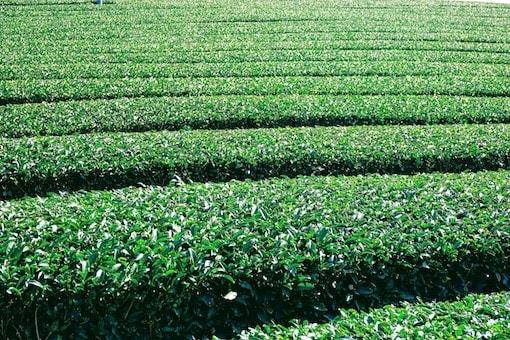
Ureshino tea bushes
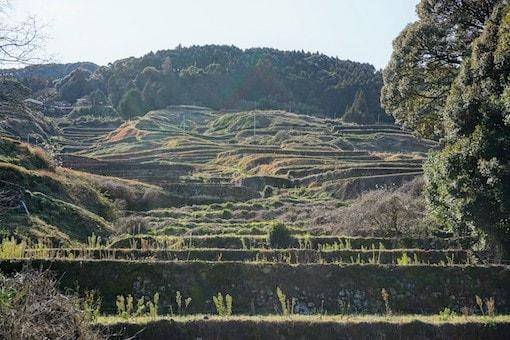
Ureshino tea plantation
Ureshino Tea Exchange Hall (Chaoshiru)
Nestled amongst tea plantations is the oddly named, “Ureshino Tea Exchange Hall”. Basically, it’s a place to learn about, buy and drink good tea. We did all three. We took a green tea factory tour, a tea-making class and bought some excellent Ureshino tea. We also wandered around the history-of-tea and how-tea-is-produced exhibits. They were mostly in Japanese but there was enough English for me to follow. There is a nice cafe there too. You can have green tea and a Japanese snack while gazing at the in-house mini tea plantation. You get written instructions in English about how to properly prepare your pot of green tea.
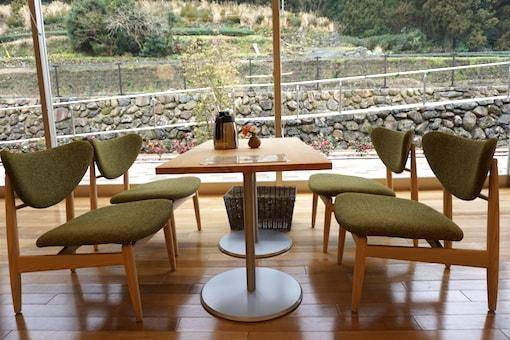
Cafe overlooking tea plants
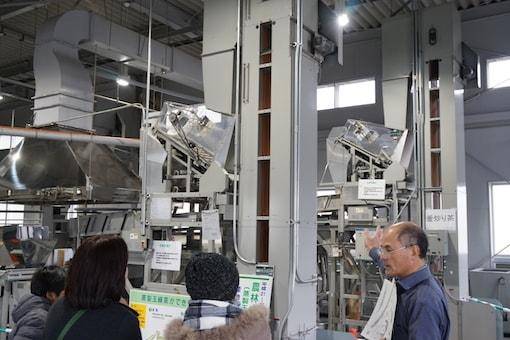
Factory tour guide
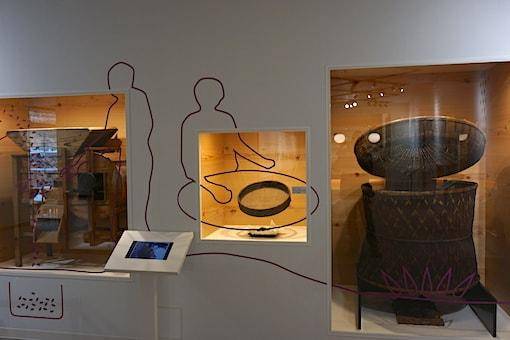
Tea exhibits
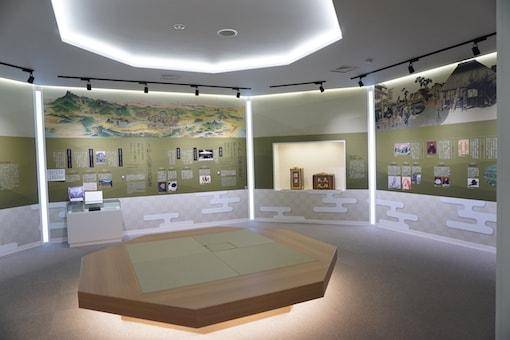
Exhibition hall
Ureshino tea making class
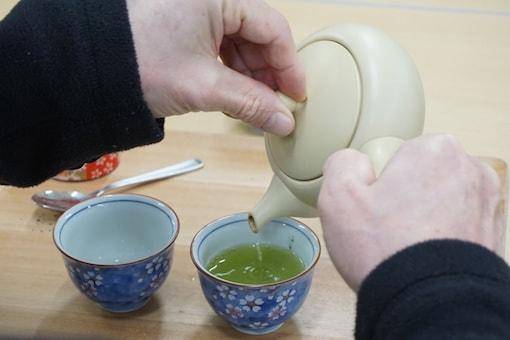
Pouring technique
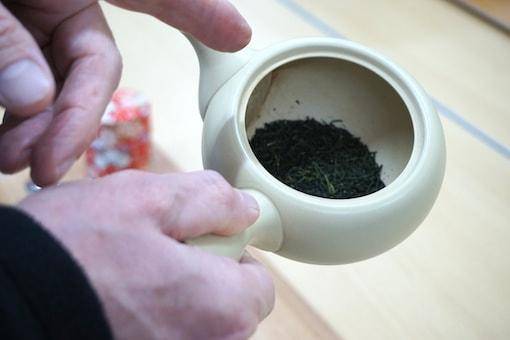
3 grams of green tea

Sensei explains
Ureshino tea shop
After all that green tea there was only one thing we needed. More green tea! Off we went to a tea shop that has been picking, processing and selling green tea for 100 years. We had drunk enough during the class so had green tea gelato instead. Noriko splashed out on some tea to take home to her mum. I can reveal she paid ¥1,600 for 100 grams (don’t worry – her mum can’t read English). Anything over ¥1,000 means it’s best quality. It seems a bit expensive but you only need 3 grams per person. This works out at 30 cups per pack and compares well to the price of cocktails. It’s healthier too. The staff gave us some good advice: store green tea in the freezer to preserve freshness but let it reach room temperature before opening. They had a beautiful ‘hina’ doll on display and I snapped the shot below.
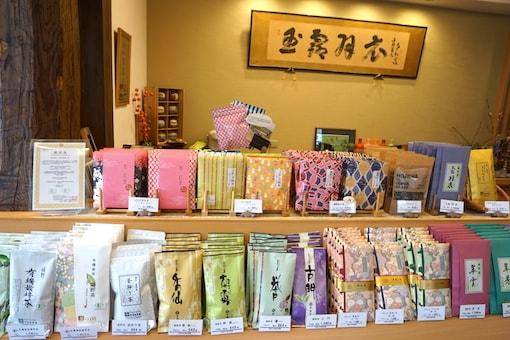
Traditional tea shop
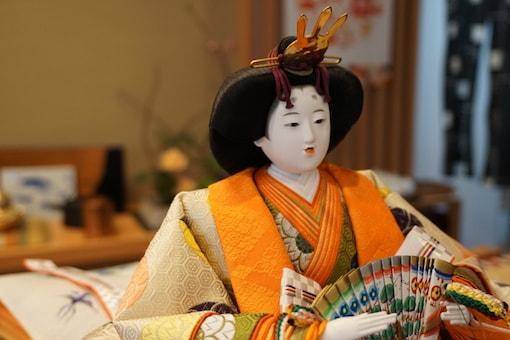
Hina doll in Ureshino
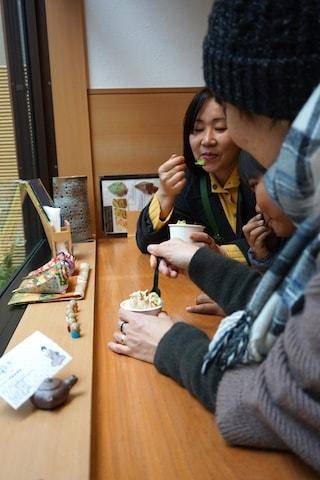
Ureshino onsen yudofu
We couldn’t leave Ureshino without having the local specialty of ‘ureshino yudofu’. This is tofu cooked in the local onsen waters. The tofu becomes soft and mellow as it reacts to the alkaline water. Unfortunately the famous onsen yudofu restaurant we planned to eat had a huge queue and only 9 tables. We were too impatient so had some in a sushi shop instead. I always try the local specialty food when I travel. The Japanese are very knowledgable about food and when you come back from a trip they always ask, “Did you have [name of local specialty]”? It makes you sound timid and unadventurous if you say no.

Ureshino onsen yudofu
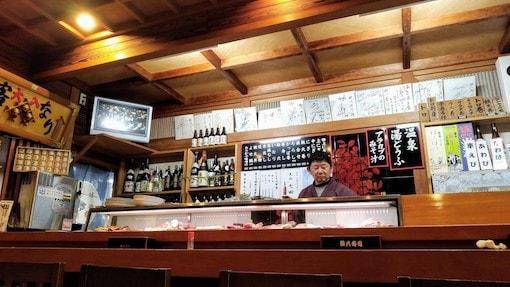
Typical sushi restaurant
Takeo Onsen
As the name suggests, Take Onsen is famous for onsen . In fact these hot spring spas have been rejuvenating weary bones for 1,300 years. If it’s good enough for feudal lords and samurai warriors, it’s good enough for us. We checked in and (unlike samurai warriors) started Instagramming. The main building, Tower Gate and historic baths are wonderfully photogenic. The whole place oozes history. Following directions given by Moo’s mum we discovered the monument erected by Moo’s great-great-grandfather. And there, scratched into the base, we even found his stone signature! When our Instagram posts are long gone, his chiselled signature will still remain.

Takeo onsen

Takeo Onsen Tower Gate
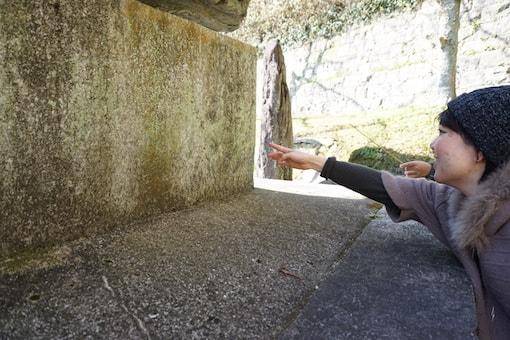
Finally found it!
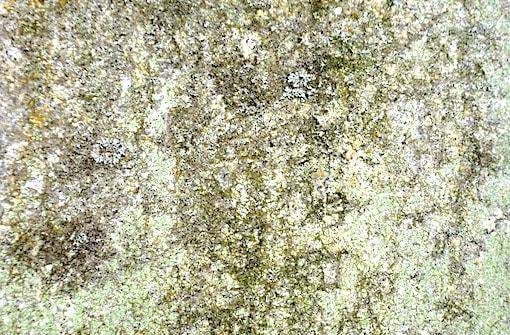
Moo's ancestor's signature
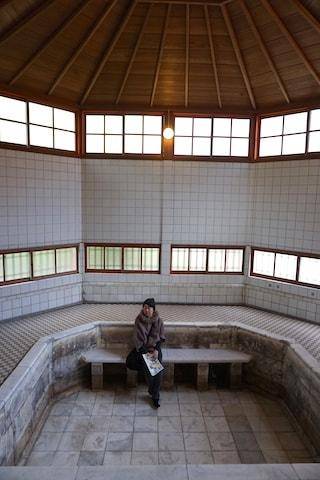
Hiryugama Kiln

Hiryugama Kiln
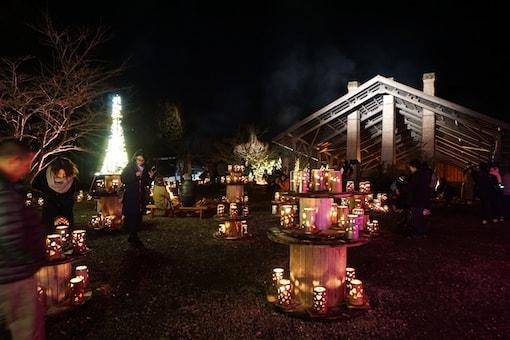
Valentine Festival
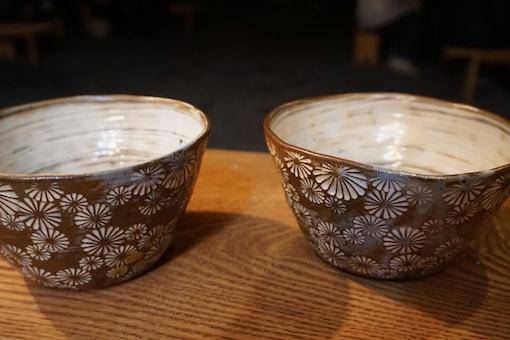
Takeo patterned pottery

Takeo ware
Takeo Onsen baths
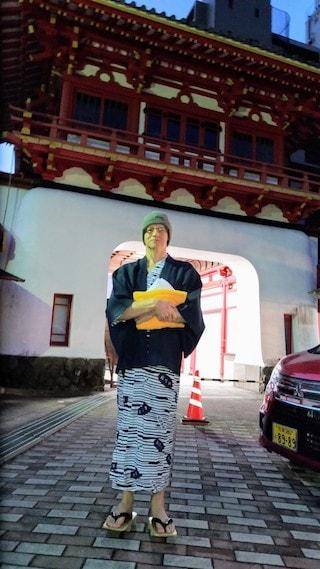
Clogs and wooly hat
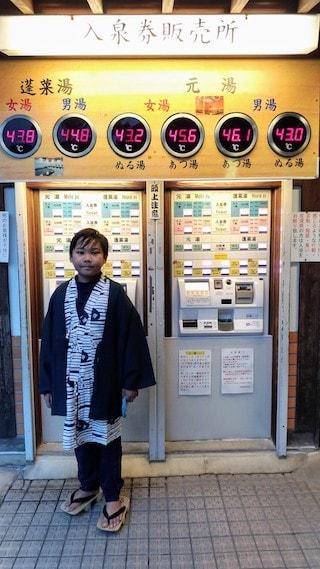
The winner is 46˚
Takeo Shrine
After our bath, me and Bisma went to Takeo Shrine. The shrine is the oldest in Saga prefecture but just a baby compared to the giant camphor tree there. At 3,000 years this tree is one of the oldest in Japan. Look how huge it is! The steps look tiny compared to the tree.
As usual at Japanese shrines, worshippers hang good luck fortunes and write their wishes. In the photo below an anonymous worshipper wishes that Ryonosuke and Ako’s child can be accepted. It hints of a dark family secret so hope they don’t mind me gossiping about it on the internet. Bisma wanted to spend ¥200 on a lucky charm but I told him not to waste his money. If he wants his dreams to come true better just work hard. Is 10 too young to be cynical like me?

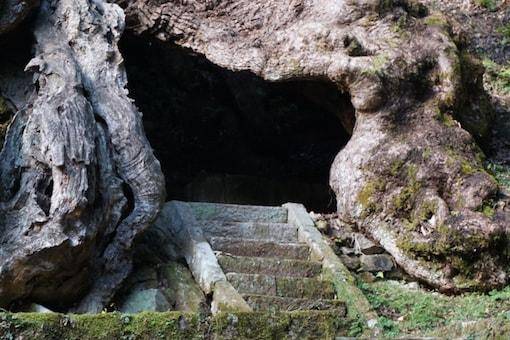
The steps into the tree
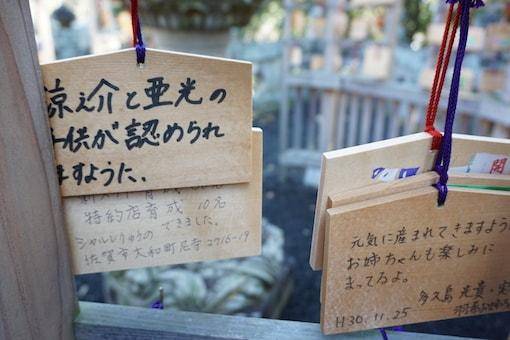
Trying to get lucky
Mifuneyama Rakuen Park
We often include Mifuneyama Rakuen in our clients’ itinerary so wanted another look. It isn’t prim and proper like most Japanese gardens. It is a park that’s had a chance to grow into a forest over 150 years. Get there at the right season and see nature dazzle. Azaleas and wisteria explode into colour. Thousands of cherry blossoms bloom in spring. The autumn light-up is a sight to behold. Unfortunately we went in February and it was brown and grey and the tea-house was closed. I liked the gang of Buddhas though and we almost had the whole park to ourselves.
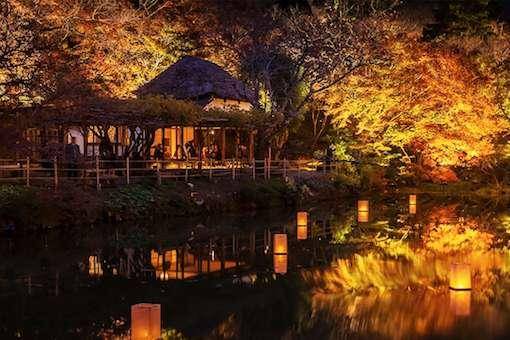
Photo thanks to mifuneyamarakuen.jp

Pondering life at Mifuneyama Rakuen

Azaleas minus colour
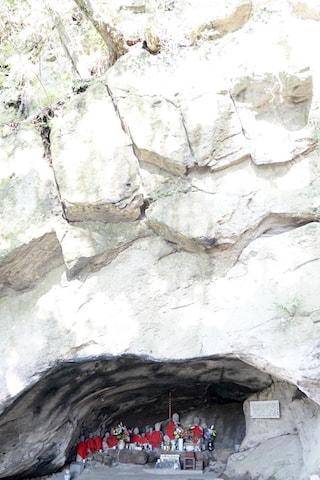
Buddhas cave
Plum blossoms
Nature always seems to be doing something nice in Kyushu. Cherry blossoms, wisteria and azalea in spring. Wild flowers in summer and the changing leaves of autumn. We were travelling in winter and the plums were starting to blossom. It was nice to see parents and kids enjoying the pinkish white flowers and the sunny weather.

Plum blossom on a sunny winter day
Sake Brewery Avenue
Sake Brewery Avenue (‘Hizen Hamashuku Sakagura Dori’) seems to linger in the past. This quaint old street is lined with traditional sake breweries and soy sauce shops. The quality rice and pure water have long favoured saké production here. You can tour a brewery and buy a prize-winning bottle. We made Bisma pose in a sake barrel and wandered down the almost deserted street. It felt good to end our weekend trip in such traditional Japanese surroundings.
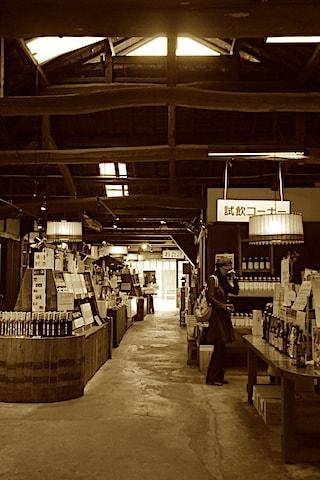
Traditional sake shop

Bisma in a sake barrel
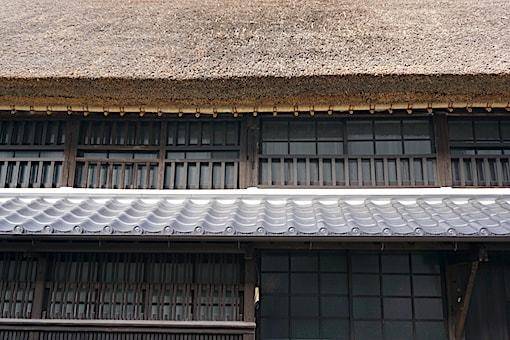
Beautifully preserved thatched house
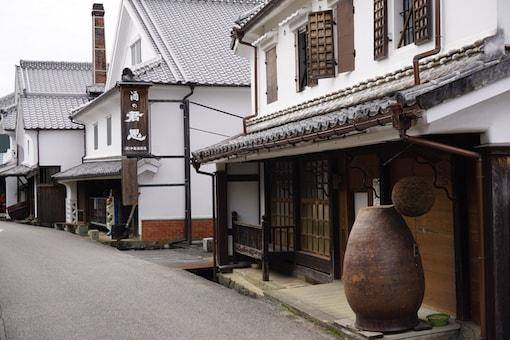
Sake Brewery Avenue
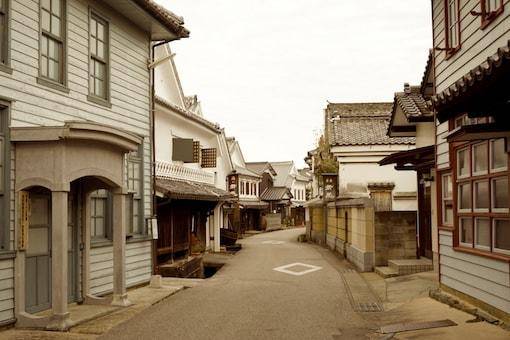
The olden days of Japan
The Eel Man
Actually that wasn’t quite the end of the trip. As we departed Sake Brewery Avenue, Moo suddenly shouted, “Stop!” I thought there had been an accident. In fact she had spotted someone grilling eel. He didn’t have a shop. He just cooked in a roadside kitchen. It’s Moo’s mum’s favourite dish so we had to buy one. The Eel Man told us these days he only cooked to order because eels have gone out of fashion (I wondered whose order he sold us). They are quite expensive so perhaps that is why they are less popular these days. We paid ¥3500 ($30) for one eel. You pay that price in a restaurant for one portion so our purchase was a good deal.
Finally then, everybody was happy. The two Japanese mums got presents ~ tea and eel ~ and we had a lot of fun. My mum lives in England so I felt excused from buying a gift (sorry mum).
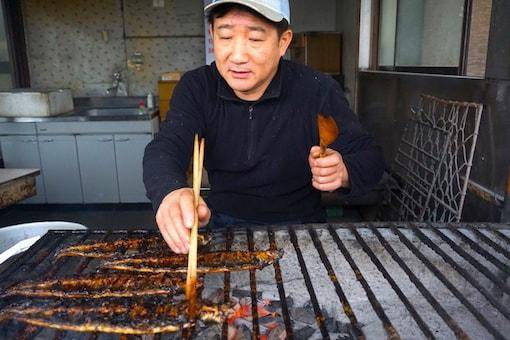
The Eel Man
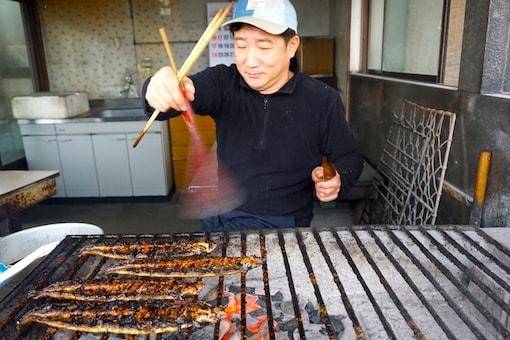
$140 worth of eels
Final Thoughts
If you love green tea or onsen contact us and we’ll arrange this kind of trip for you. You’ll encounter a side of Japan most tourists never see.
Photos
All text and photos by me or Moo unless otherwise mentioned.
Comments or Questions
Leave your comments below. We’ll be happy to answer any questions. If you’ve travelled in Takeo or Ureshino add any tips, advice or information so other readers can benefit.
Comments (2)
If you love tea I recommend the tea-making class. It has really improved the taste of our daily pot by preparing it with correct technique.
Simon (Kyushu Journeys)
More Kyushu info and ideas
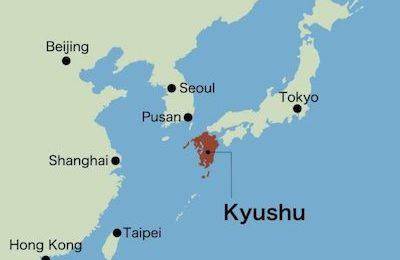
Kyushu Travel
Essential research for visiting Kyushu - complete list of best Kyushu travel spots
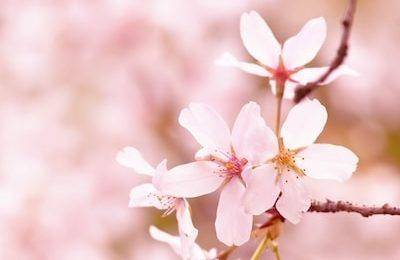
Kyushu Cherry Blossom Dates
Kyushu Cherry Blossom Dates 2025: latest updated 'sakura' information
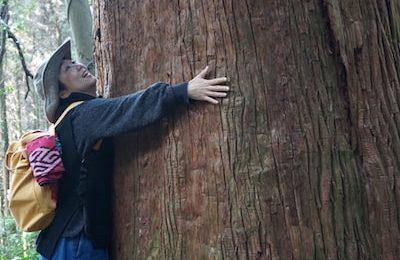
Forest Walking: Sasaguri
Lovely cedar forest walk near Fukuoka with easy to follow directions.

